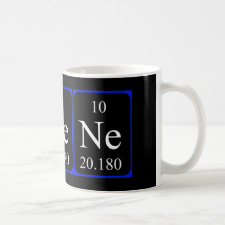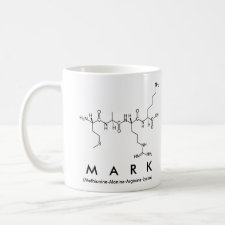
Authors: Katz A, Davis ME
Article Title: Investigations into the mechanisms of molecular recognition with imprinted polymers.
Publication date: 1999
Journal: Macromolecules
Volume: 32
Issue: (12)
Page numbers: 4113-4121.
DOI: 10.1021/ma981445z
Alternative URL: http://www.cchem.berkeley.edu/katzgrp/papers/macro-1.pdf
Abstract: The nature of molecular recognition in an imprinted polymer that is formed by the self-assembly of binding monomer and imprint through noncovalent interactions is investigated. The system studied uses ethylene glycol dimethacrylate, methacrylic acid, and L-phenylalanine anilide as the crosslinking monomer, binding monomer, and imprint, respectively, to assemble the imprinted polymer. A proposal for the self-assembly mechanism between the binding monomer and imprint that occurs during polymer synthesis is derived from a single-crystal X- ray structure of a crystal containing binding monomer and imprint and from H-1 NMR and FTIR spectroscopy of solutions of these components. These studies show the presence of a salt-bridge interaction that leads to a 1:1 molecular complex between methacrylic acid and L- phenylalanine anilide and provide no evidence for the formation of higher-order molecular complexes of these species. Furthermore, macroscopic phase separation is observed between the imprint and binding monomer and the cross-linking monomer in this system prior to and after polymerization. These findings suggest a mechanism for enantioselective molecular recognition in the imprinted polymer involving remaining, occluded imprint molecules, which can provide for binding via imprint-imprint intermolecular interactions. Support for this mechanism is provided from polymers prepared using a combination of imprint and mimic, L-phenylalanine 4-vinylanilide; the latter remains covalently bound in the polymer and is shown to increase the rebinding of imprint while not significantly affecting the binding of the opposite enantiomer. The proposed mechanism provides insight into the nature of binding site heterogeneity in imprinted polymer systems



Join the Society for Molecular Imprinting

New items RSS feed
Sign-up for e-mail updates:
Choose between receiving an occasional newsletter or more frequent e-mail alerts.
Click here to go to the sign-up page.
Is your name elemental or peptidic? Enter your name and find out by clicking either of the buttons below!
Other products you may like:
 MIPdatabase
MIPdatabase









